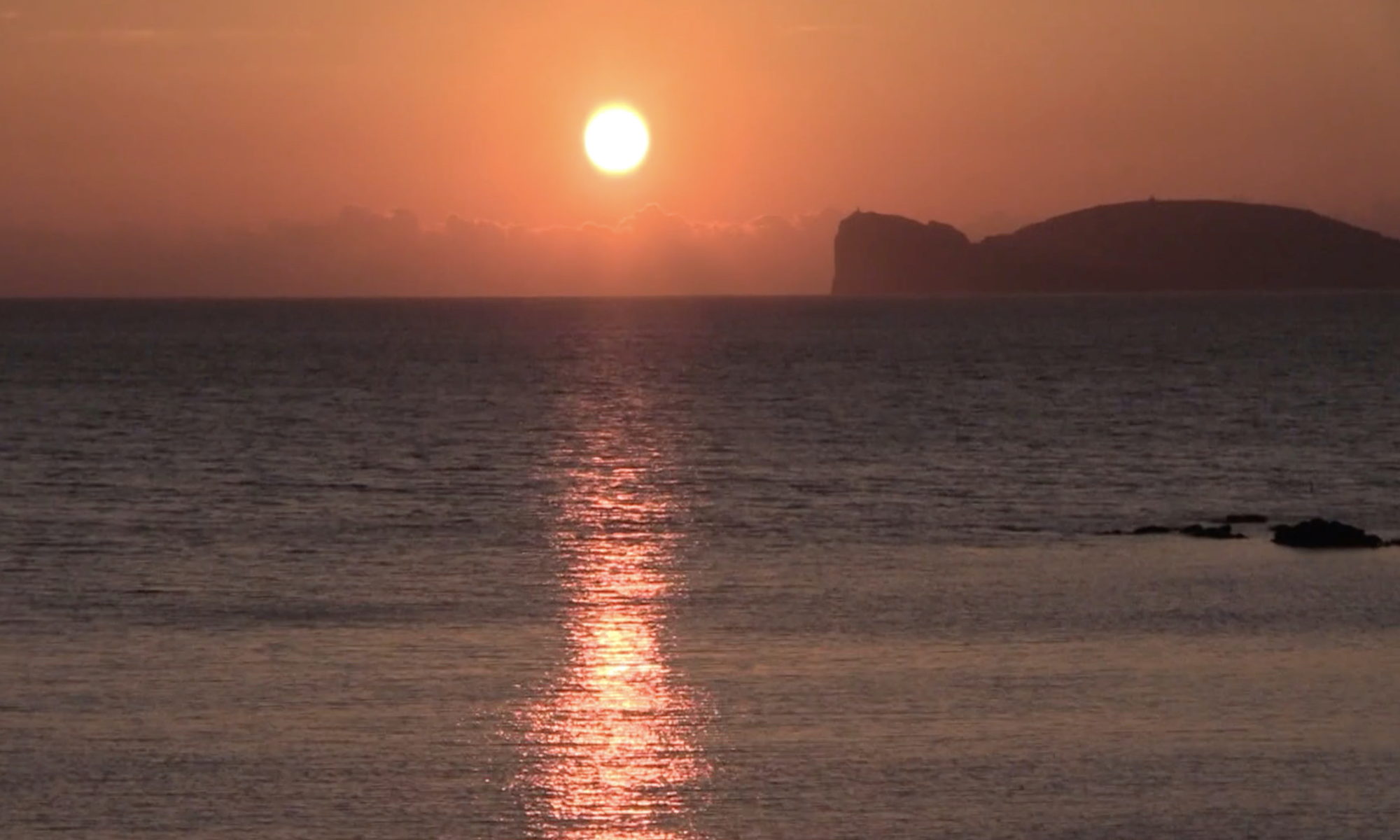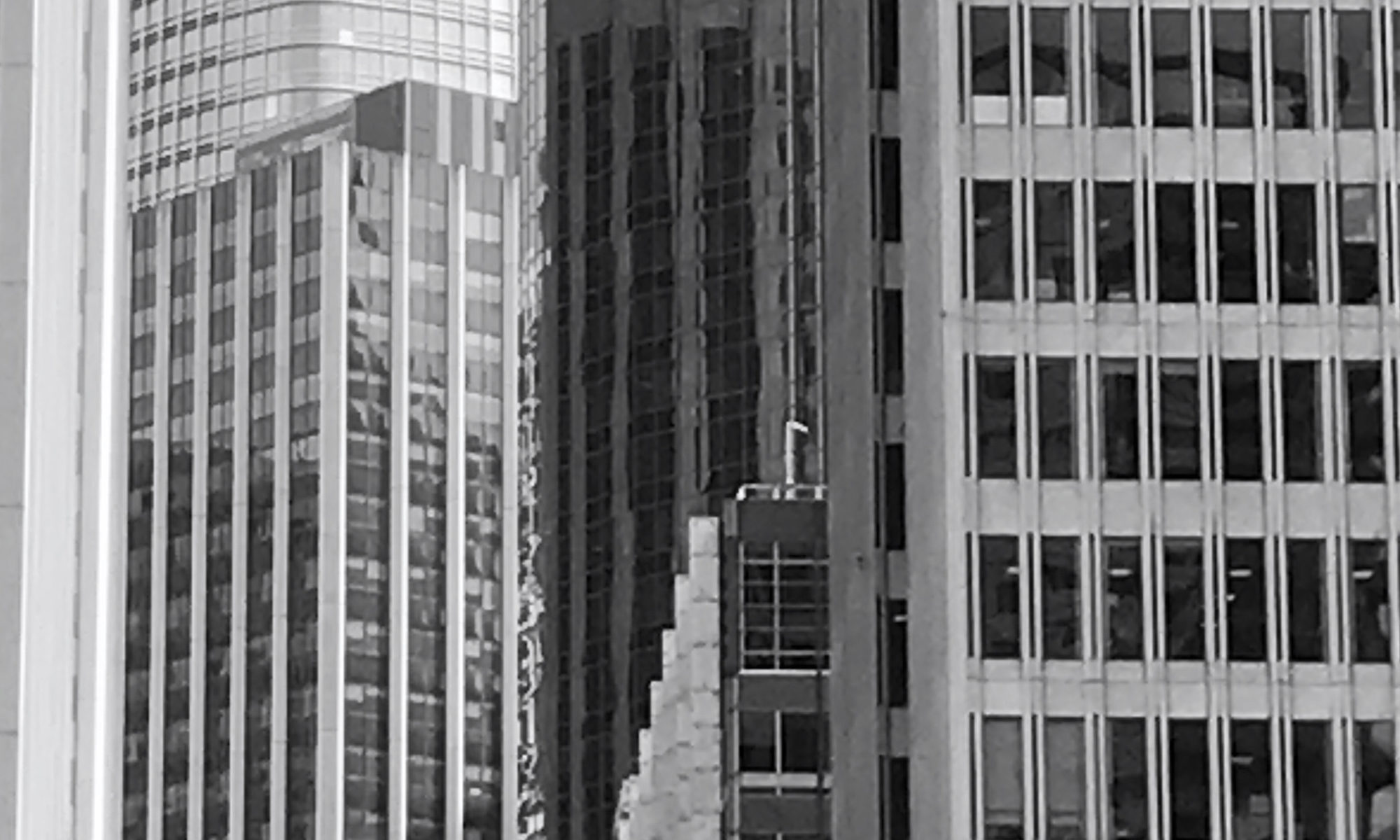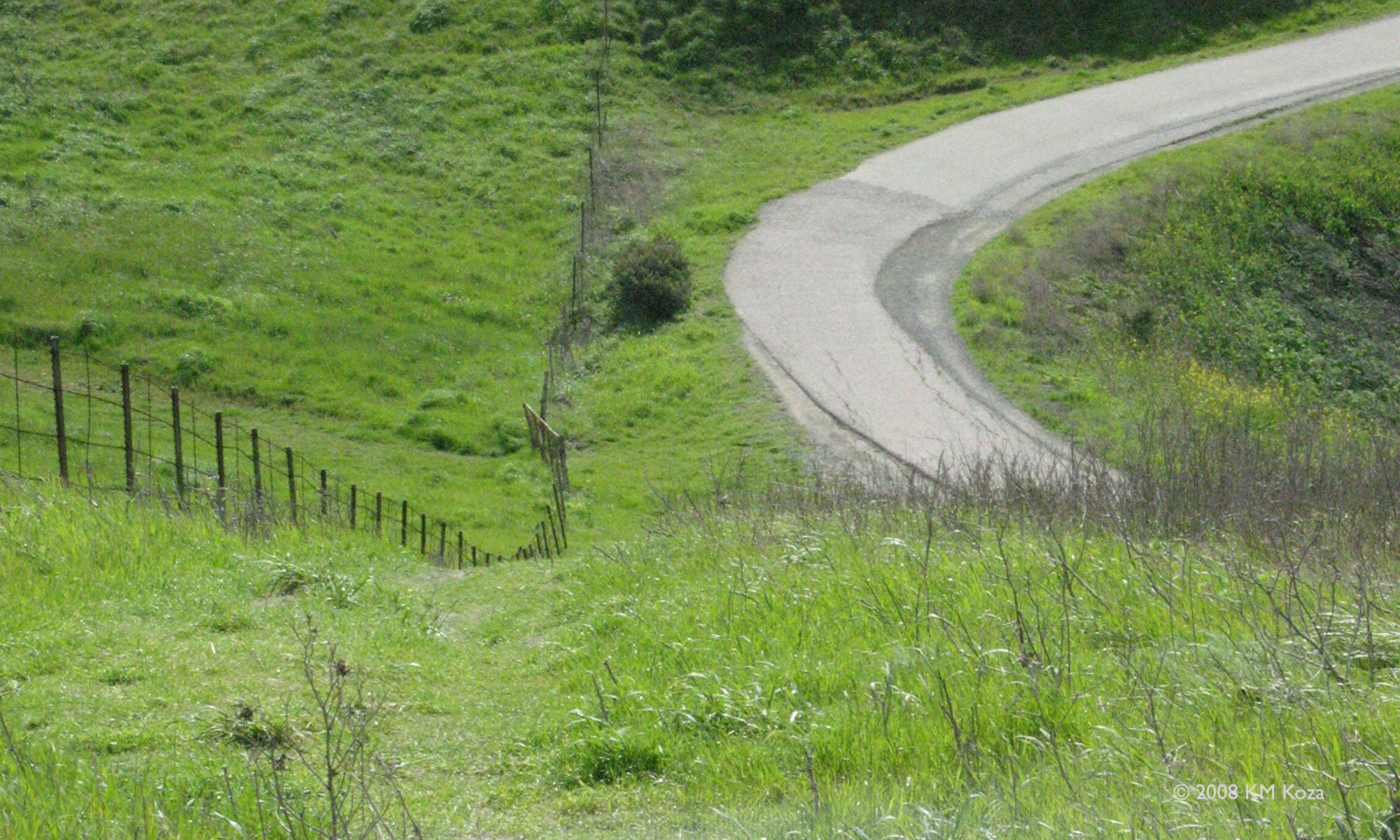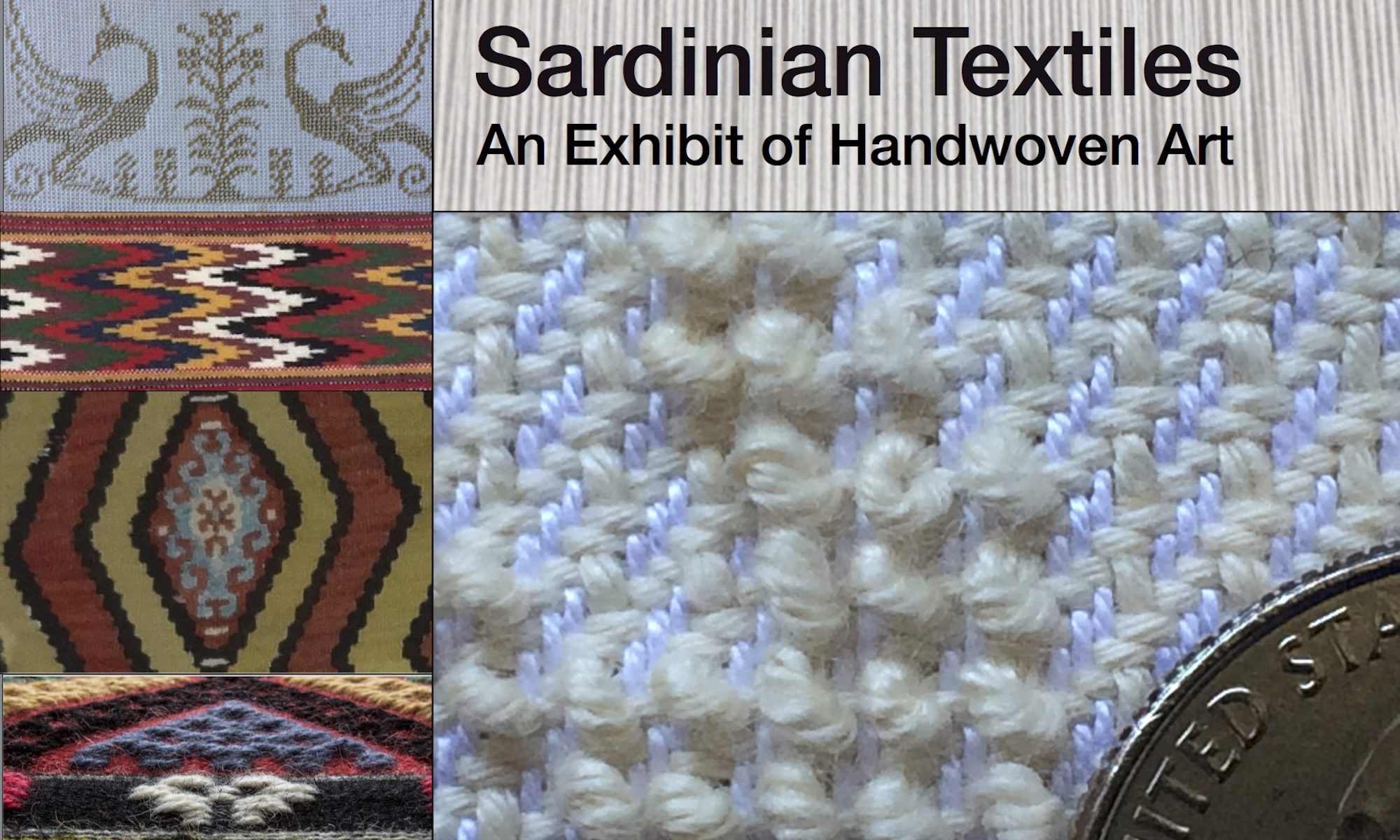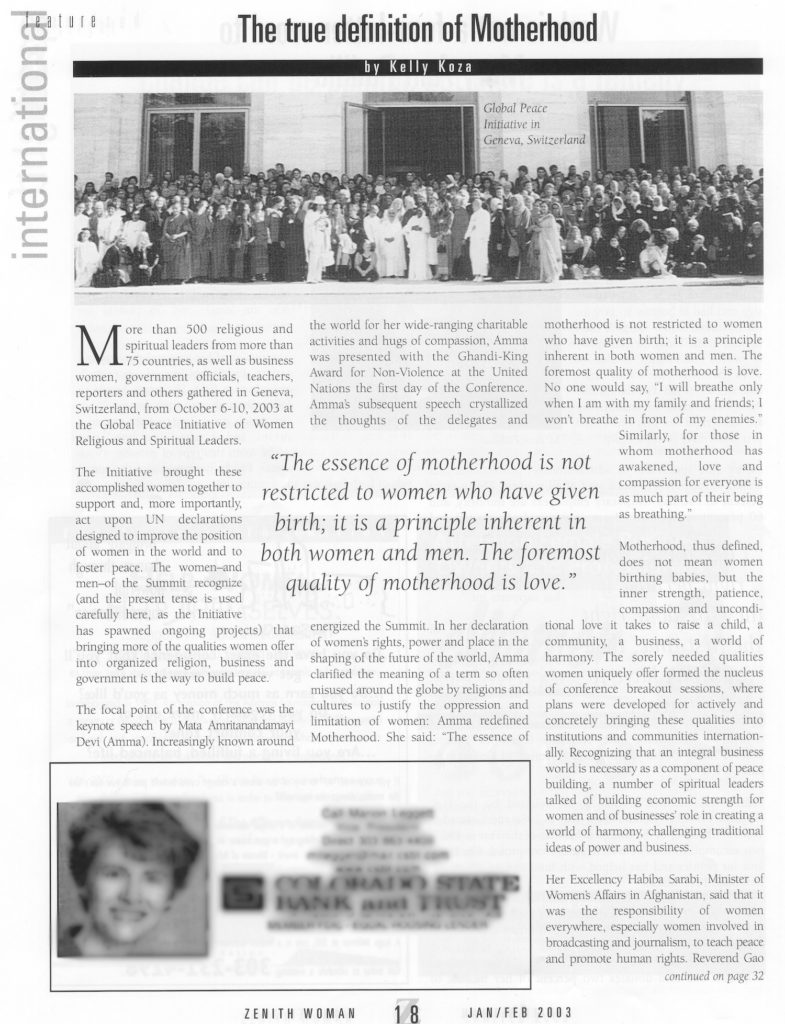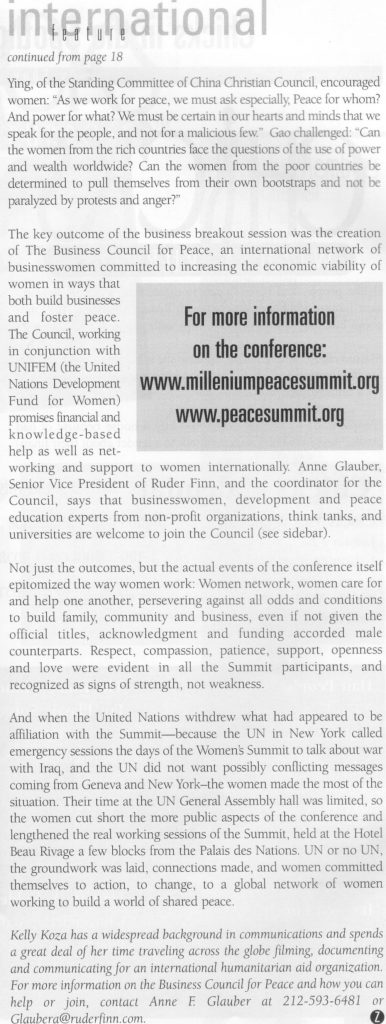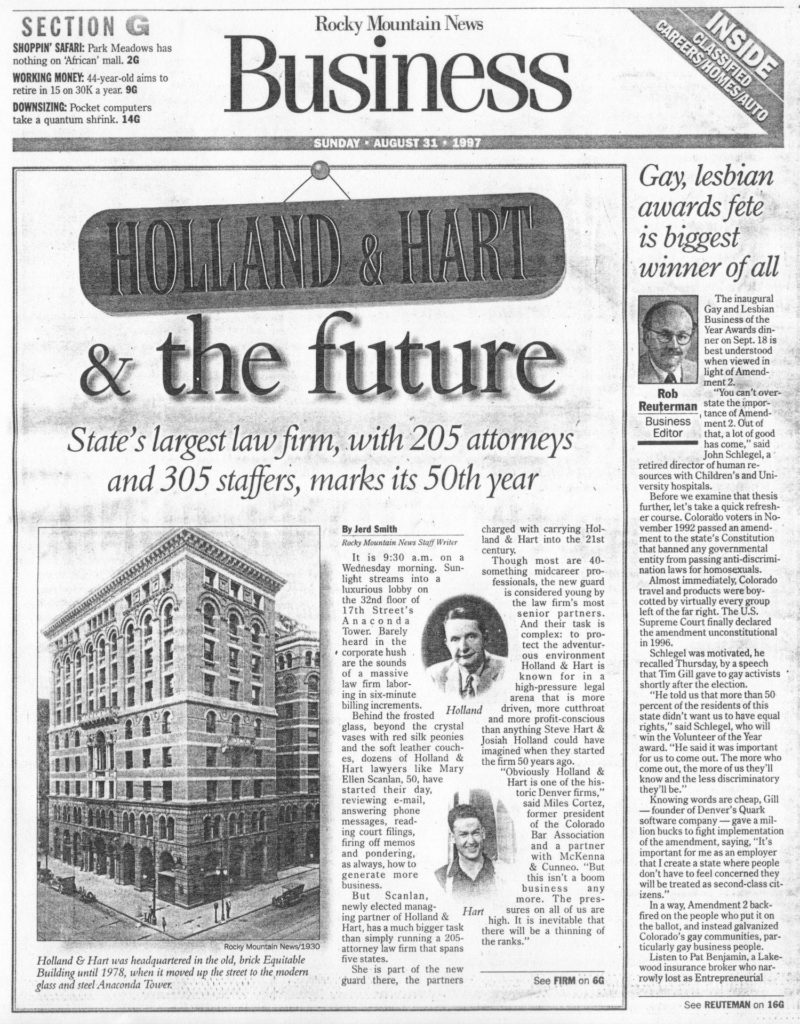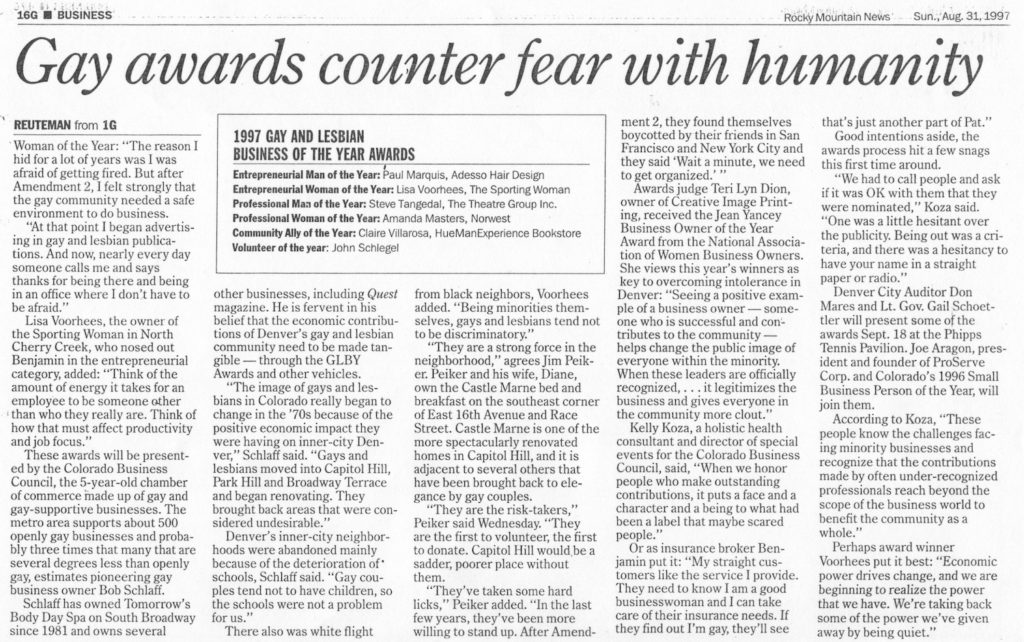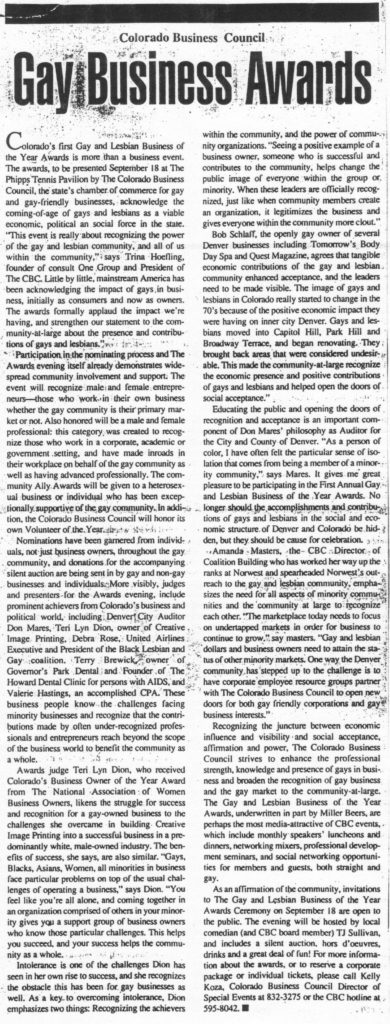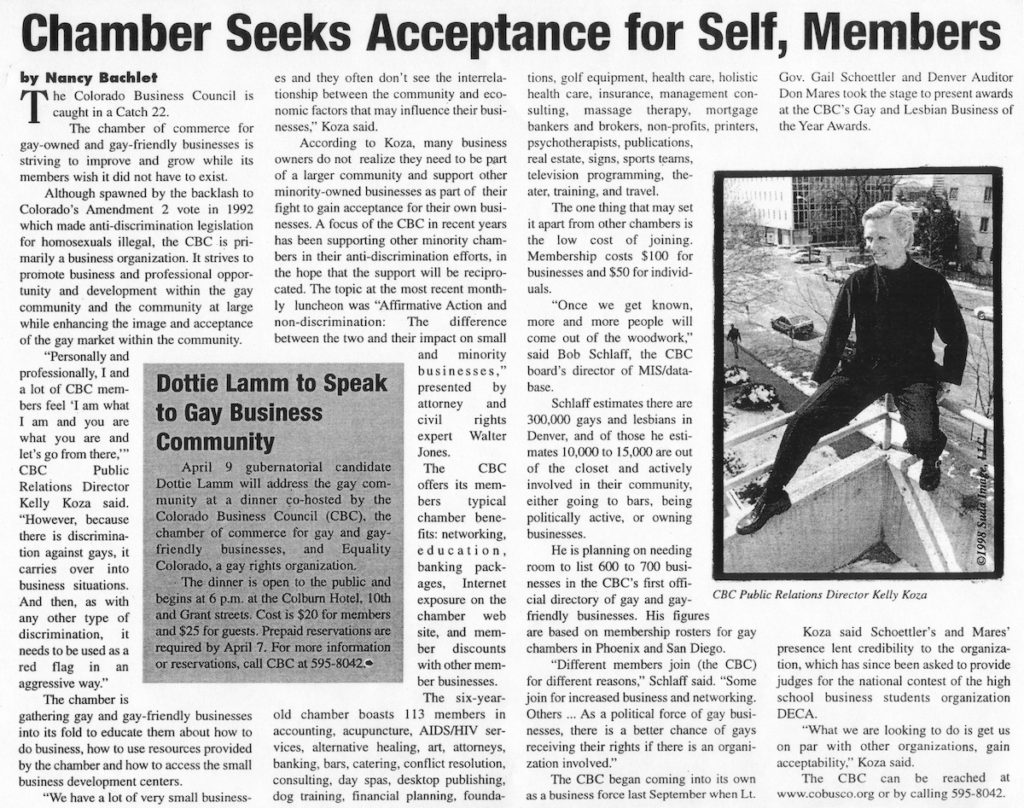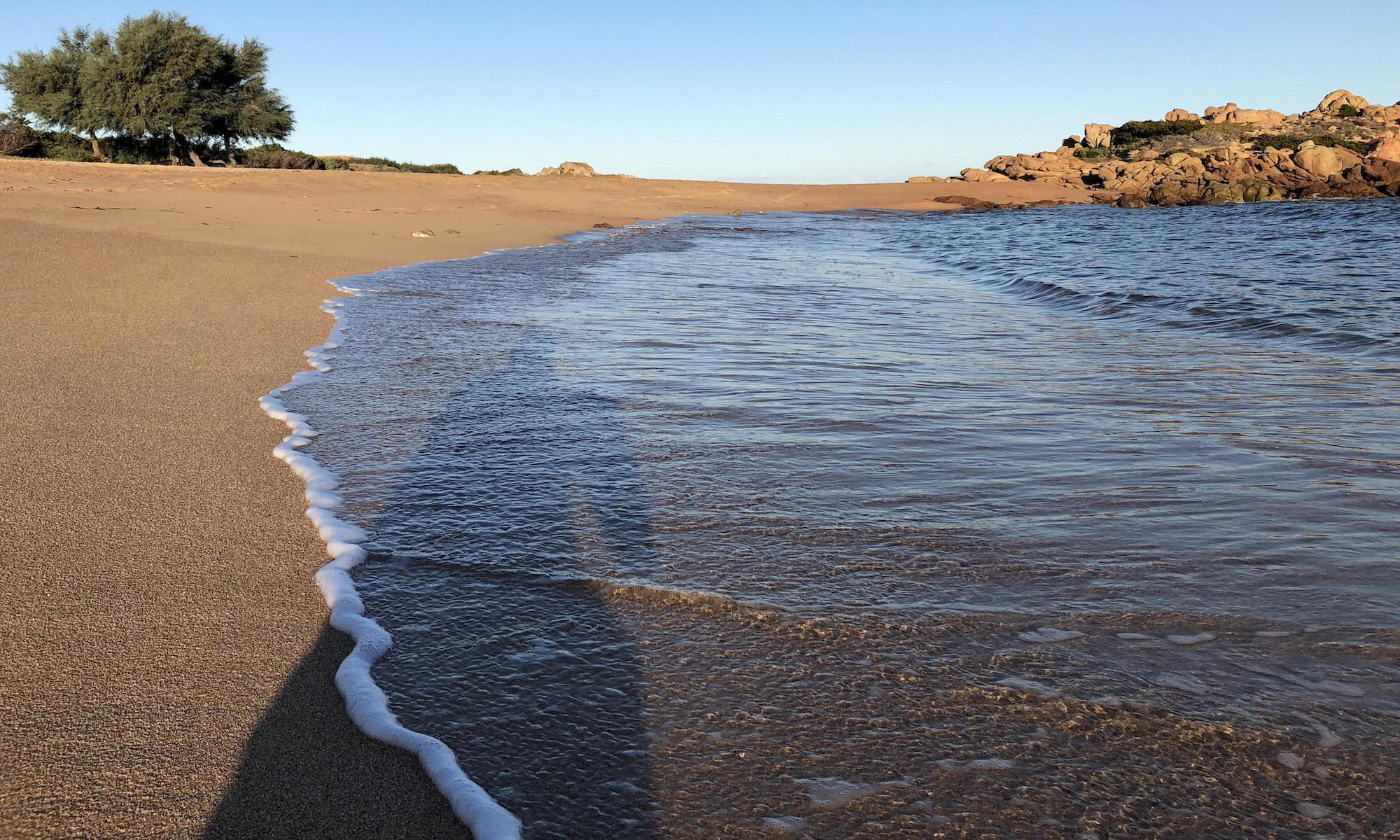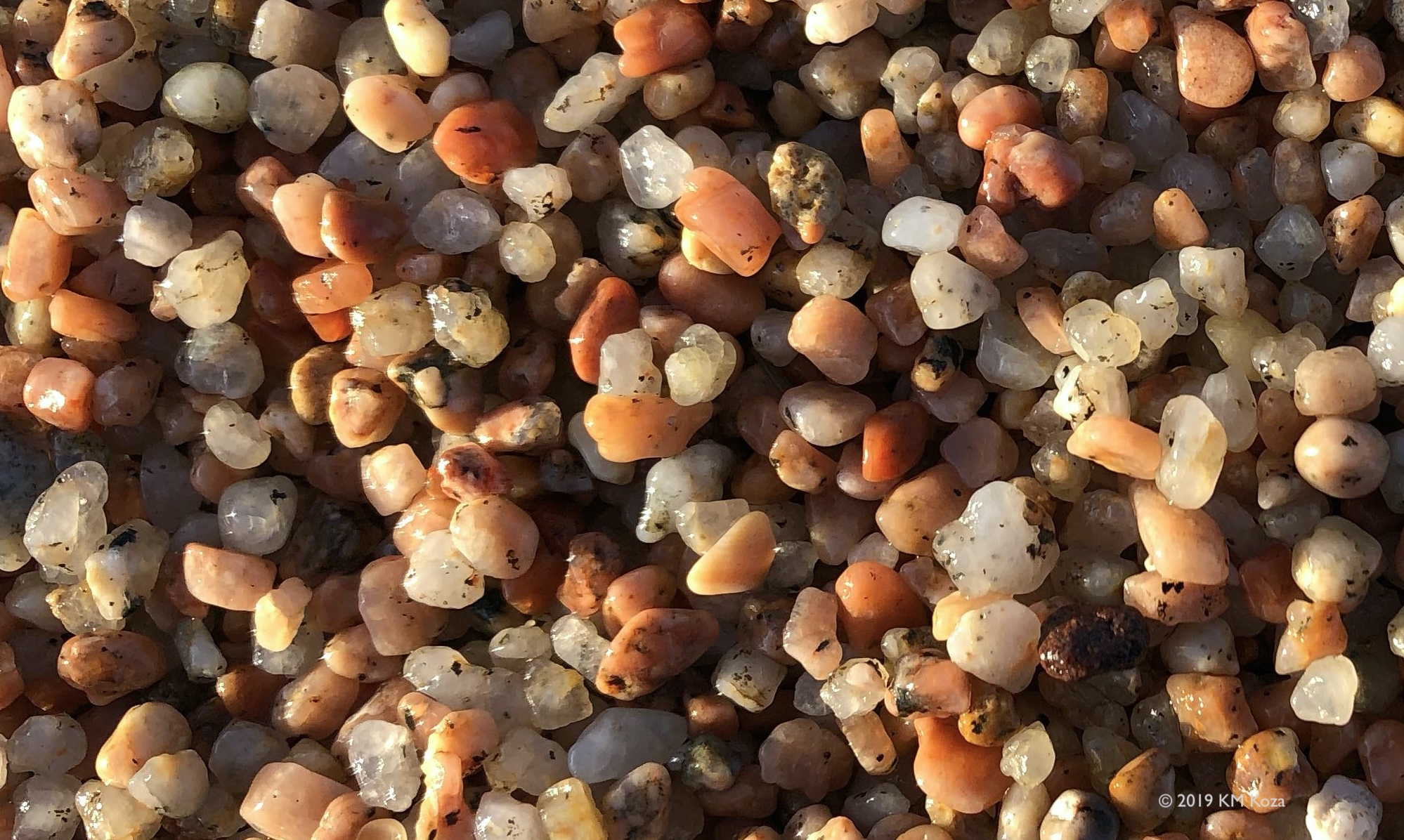AKA Why I (Mostly) No Longer Write Satire, Part II: There’s often no longer any difference between satire and reality. See the first part of Why I (Mostly) No Longer Write Satire in the archives.
This overview of what makes a successful startup was compiled after many conversations with startup veterans.
Come up with an outrageous business idea and label it “disruptive”. Note that your idea does not have to be “outrageously good”; your idea needs to be outrageous, then it will be good. Your idea does not have to create a profitable, self-sustaining business, as your money will come from venture capital (VC) and your initial public offering (IPO).
Name your company immediately. The name should be a one- or two-syllable word, spelled in a non-traditional manner to reflect your disruptive space in the market. Design a logo that looks equally good in a circle and a rounded rectangle.
Rent a historic building in San Francisco’s Jackson Square area. Emblazon your logo above the door. Avoid putting any other identifying information on or around the entrance.
Fill the office with cool minimalist furniture. Hang bike racks on the wall. Put stainless steel dog dishes of water on cute mats near the front desk. Stock the office fridge with craft beer, kombucha, and performance-enhancing water. Keep baskets of fresh fruit, kale chips, and dog treats (organic only) in the kitchen and reception area.
Ensure the kitchen has fixings for avocado toast and energy juice, especially from midnight to 10am. Install an automatic espresso machine with four compartments for liquids, so team members can make lattes with soy, almond, coconut, or oat milk. Make certain not to have any plastic straws or cutlery in the the kitchen.
Hire a vegan kosher caterer who sources locally to prepare in-office sit-down lunches five days a week. For nightly working dinners, schedule a rotation of trendy local restaurants to bring in buffet-style meals. Make certain you include restaurants that put a hip twist on macaroni and cheese, hamburgers, and grilled cheese sandwiches (all with vegan options). Schedule happy hour on Thursdays, with sustainably-farmed sushi and plenty of locally-crafted wine and beer.
Work with the VC firm to hire other visionaries for your leadership team. Visionary leaders are especially important for the Marketing and Research & Development (R&D) teams. Hire only MBAs with impressive schools and companies listed on their resumes. A leader’s image is more important than their performance, and certainly more important than their morals.
Get an attorney, a creative Finance expert, and someone to lead Human Resources (HR). Hire some software engineers. Contract out everything else. For office maintenance, use an app to find a service that comes once a week to empty trash cans and do a touch-and-go on the bathrooms and kitchen. You expect the company to grow fast, so by the time the office gets really dirty, either no one will care because they’re working too hard in anticipation of the IPO, and/or you’ll move to a bigger office with new stuff.
Think up creative names for all C-level positions, employee positions, and the requisite office dogs. The names should reflect your value statement. The value statement itself must include the words “transparency”, “inclusion”, “accountability”, “social responsibility”, and, of course, “team”.
When enticing high-performing team players to join your company, ensure them you offer unlimited time off. Talk highly of team-building days, flexibility, and your collaborative workspace. Obliquely mention that no drug tests are required. And yes, mention stock options.
Ensure you have the swag you need to present your boldly understated company image. Buy 50 grey Patagonia® Synchilla® vests with the company’s logo, and give these to your team members. You’ll only need about 15 of the vests, but you can auction the leftovers after your IPO for a good bit of cash.
Give team members several pairs of logo socks in company colors. Give branded water bottles to contractors as well as team members to enhance your reputation for being “green”.
Encourage the R&D team to produce outstanding ideas and visions of the company’s product. Add gaming components, especially scorekeeping, to your product. Inspire the Marketing team to create compelling stories and incredible visuals to illustrate what the product will do. Make certain all collateral is written using mixed verb tenses, so past, present, and future states of the product are confused. Share the collateral produced by the Marketing and R&D teams internally and externally.
On the Engineering side, have your highly flexible scrum master lead meetings. Ensure the engineers use JIRA and lots of other cloud-based software to stay busy creating artifacts. Have managers generate productivity reports that display always-improving success metrics.
Success metrics and key performance indicators (KPIs) are really important. Make certain your visionary CEO presents both at industry events. The presentation should include beautifully-illustrated slides that tell the story of how your company discovered a pivotally important product for the niche market. The CEO should also tweet often and share their opinion on everything and anything. If the CEO or another TED Talk-presenting member of the leadership team is involved in a scandal, you’ll get lots of press. Plan for this carefully before the IPO.
Continue activities to build your company’s reputation as a desirable market leader. Time your IPO to maximize your option price, and launch!
Whatever happens after the IPO doesn’t matter — you’ll have cashed in and someone else will take over.
Don’t worry — It’s a disruptive, sharing economy and you, like everyone, need to flex for change. You have options — and they’ll support you well.
###
© 2020 Kelly Manjula Koza


